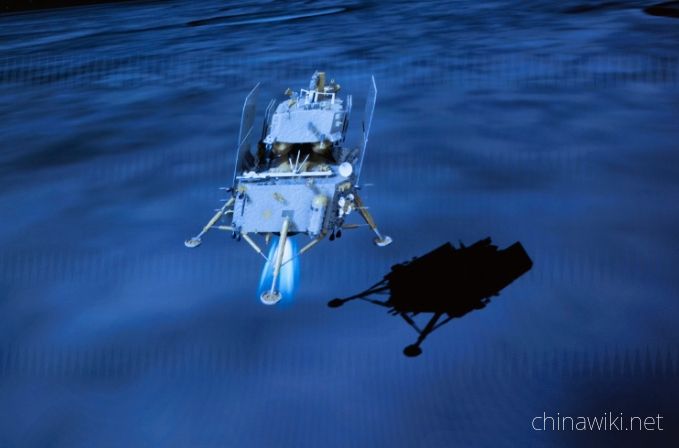2021-07-04

- By ChinaWiki.net
- Chinese Edition
- 2025-01-09
According to a report on the website of Singapore's Lianhe Zaobao on January 8, China plans to launch the Chang'e-7 lunar probe in 2026 to search for water ice at the south pole of the moon
According to Chinese media reports on the 8th, Zhang Tianzhu, Vice President of the Future Technology Research Institute of the China Deep Space Exploration Laboratory, revealed the above news and said that researchers are still pushing for the demonstration work of subsequent missions such as Chang'e-8 and the International Lunar Research Station
According to reports, the fourth phase of China's lunar exploration project includes the Chang'e-6, Chang'e-7, and Chang'e-8 missions. In 2024, Chang'e-6 achieved the first human return of samples from the far side of the moon. The main task of Chang'e-7 is to carry out leapfrog exploration and strive to find water ice
The lunar water ice is expected to significantly reduce the cost and time of transporting water from Earth to the moon, which is beneficial for humans to establish bases and engage in long-term activities on the moon, and then explore Mars or deep space
The report states that Chang'e-7 includes an orbiter, lander, rover, and spacecraft. The spacecraft will be equipped with a water molecule analyzer to fly from the sunlit area of the moon's south pole to the bottom of the impact crater in the permanent shadow area for detection, in order to determine the location, quantity, and dispersion of water ice. This is a design that lunar probes have never had before
Wu Weiren, the chief designer of China's lunar exploration project, previously introduced that Chang'e-7 and Chang'e-8 will form the basic model of the lunar South Pole research station, including lunar orbiters, landers, lunar rovers, flyovers, and several scientific exploration instruments
NASA is also advancing the Artemis program to return to the moon and plans to establish a permanent base. NASA announced last month that the Artemis 2 mission, the first manned lunar orbit in the program, will be postponed from September 2025 to April 2026 due to the lack of a new heat shield for the Orion spacecraft
Ask a Question
Your email address will not be published.



0 Questions